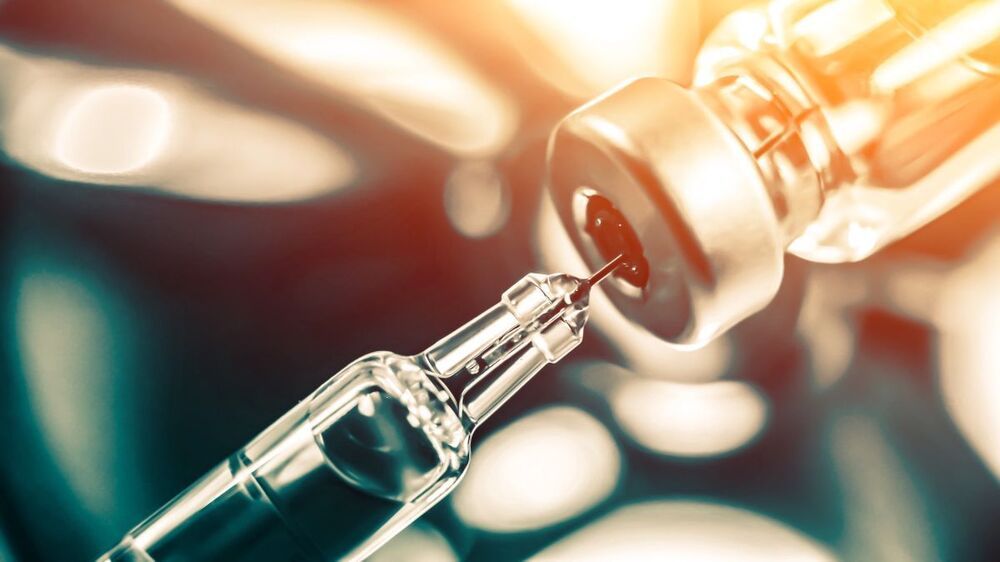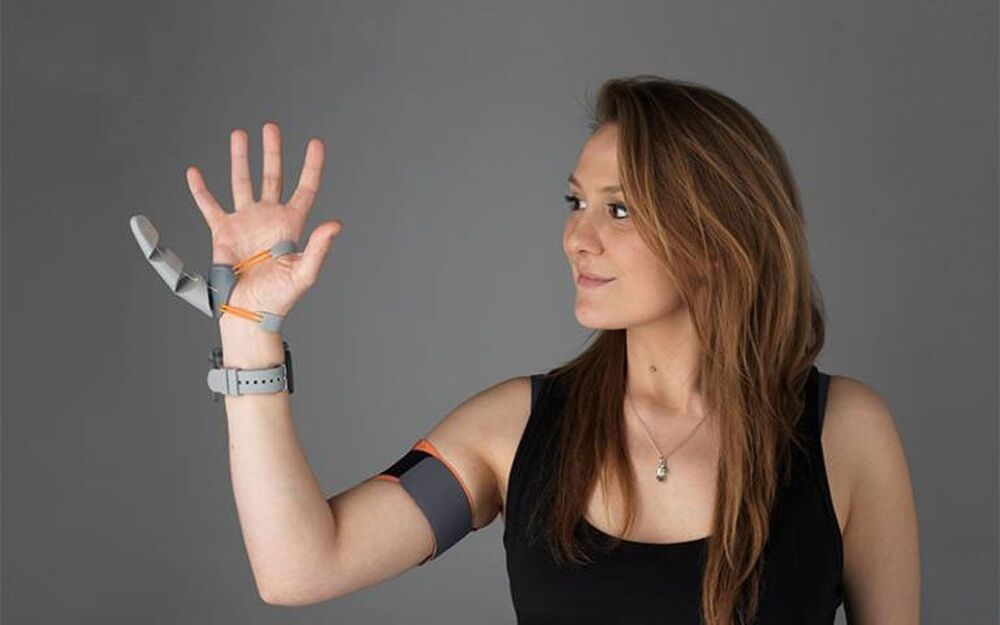An iPhone app that estimates biological aging discovered that life expectancy has the capacity to be almost double the current norm.
GEYLANG, Singapore — Have you made any plans for the 22nd century yet? A new study finds you might want to think about it because it’s possible for humans to live to see their 150th birthday!
Scientists in Singapore have developed an iPhone app that accurately estimates biological aging. It discovered that life expectancy has the capacity to be almost double the current norm. The findings are based on blood samples from hundreds of thousands of people in the United States and United Kingdom.
The instrument, called DOSI, uses artificial intelligence to work out body resilience, the ability to recover from injury or disease. DOSI, which stands for dynamic organism state indicator, takes into account age, illnesses, and lifestyles to make its estimates.









